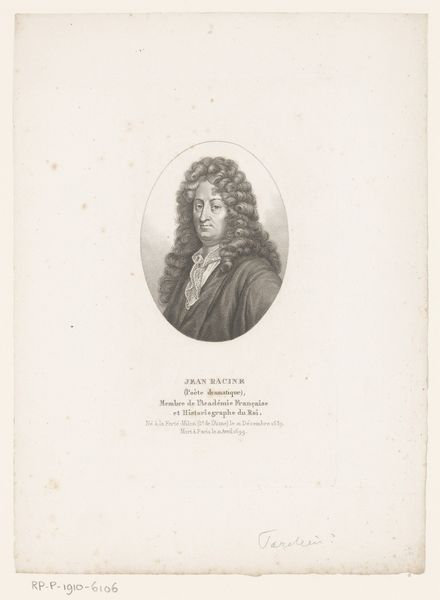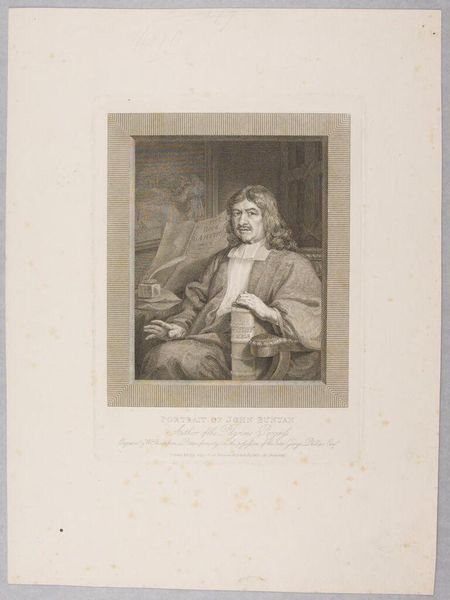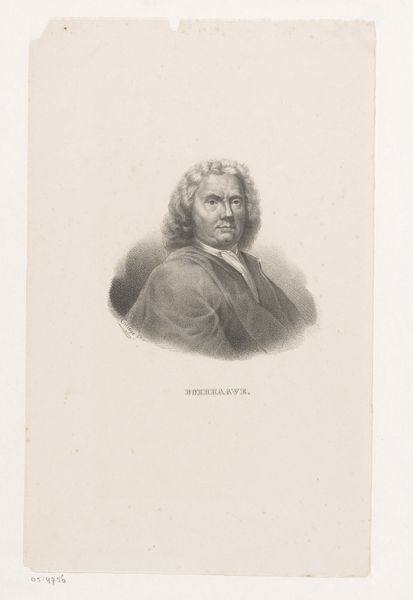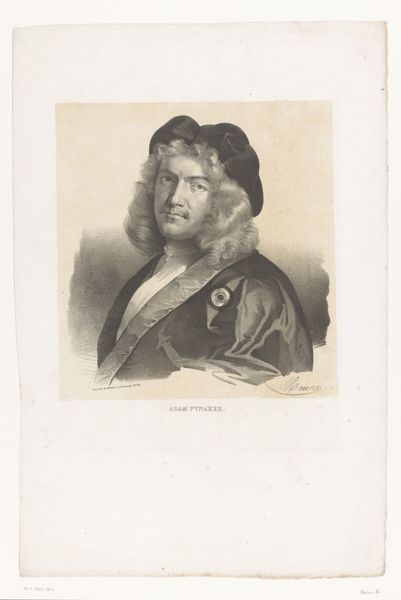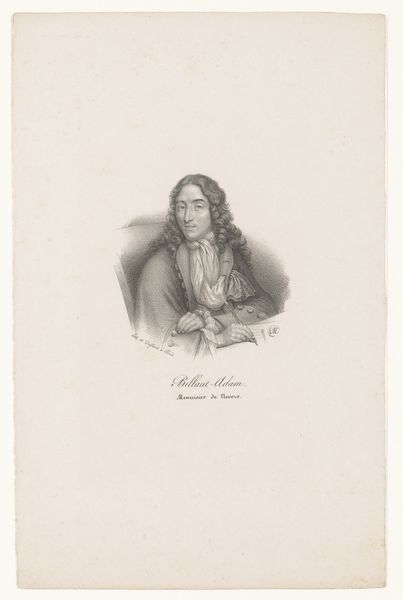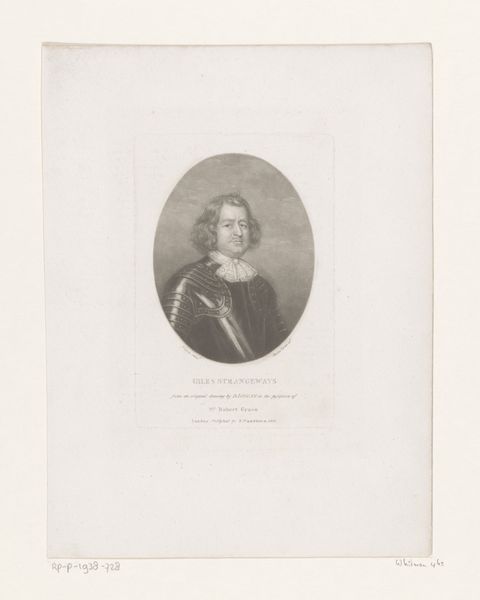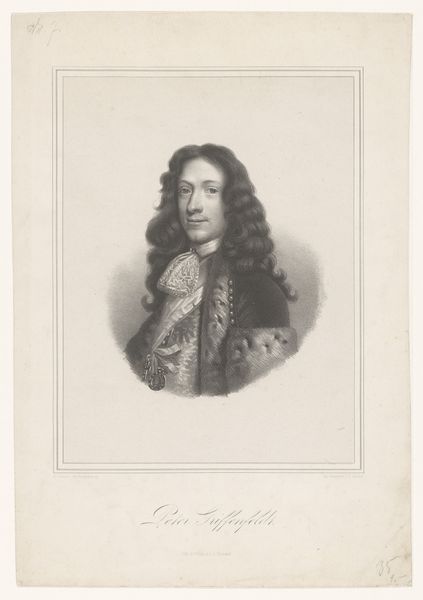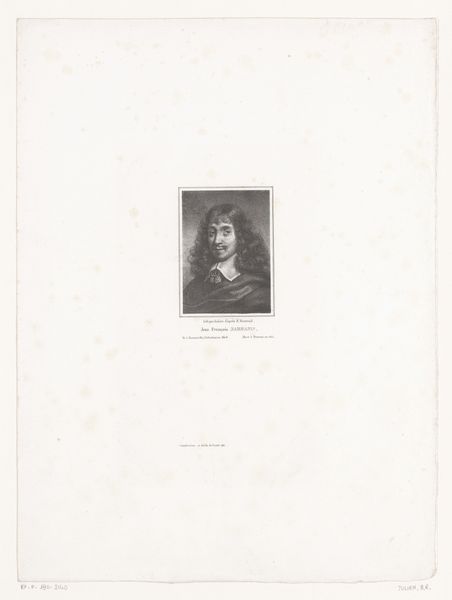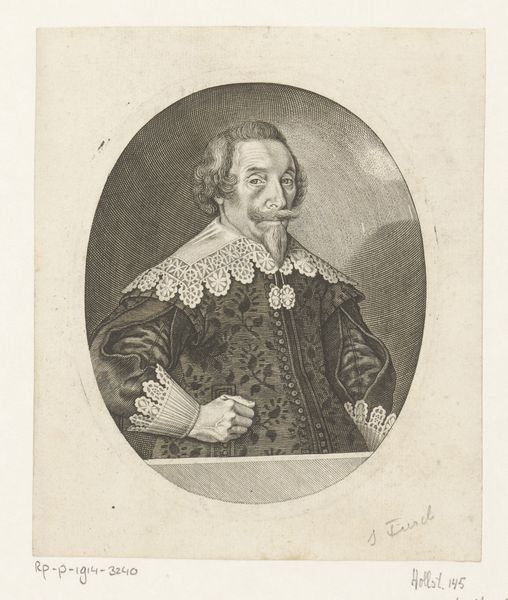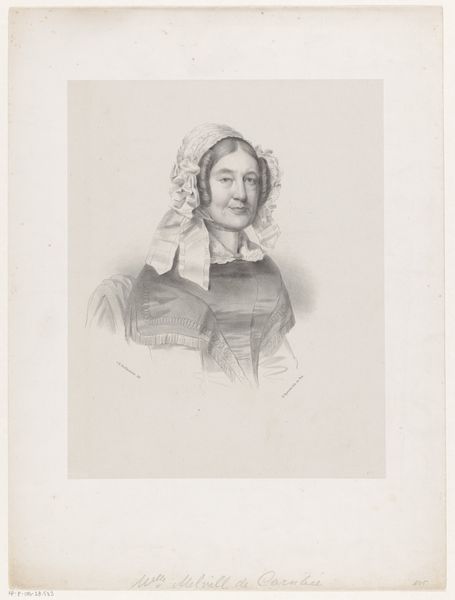
print, engraving
#
portrait
#
neoclacissism
# print
#
academic-art
#
engraving
Dimensions: height 220 mm, width 155 mm
Copyright: Rijks Museum: Open Domain
Curator: Here we have a print of "Frederik Willem I, keurvorst van Brandenburg", dating from around 1837 to 1840. It's an engraving made by N.M. Schild, and it’s currently held at the Rijksmuseum. Editor: My first impression is one of restrained power. The subject’s gaze is direct, almost confrontational, but the delicate linework of the engraving gives the piece an air of refinement and perhaps a certain distance. Curator: Indeed. Note how the academic style lends itself to this very formal presentation, very typical of Neoclassicism, emphasizing structure and balance above all else. Editor: But it’s not just a technical exercise. The image feels deliberately constructed to convey authority. Look at the way the armor is rendered—not merely protective, but a symbol of strength, connecting him visually to a long line of military leaders. The lace collar seems deliberately offset against the armor, implying refined character in spite of military bearing. Curator: Certainly, there's an undeniable duality at play in the piece. The textures, too, play their part; the metallic sheen of the armor contrasted with the softness of the face and hair. This dichotomy elevates the print to something more engaging. Editor: The composition is fairly traditional, the figure placed centrally within the frame and the image is symmetrical, and there is more at play here. Notice the precise detail of the facial features and how they invite introspection on the viewer's part. Schild created an icon of leadership intended for contemplation. Curator: Precisely. The careful rendering of texture is crucial for understanding the composition. The engraver uses line variations so successfully that it brings depth to what otherwise could have appeared like just another historical reproduction. Editor: It speaks to how enduring visual symbols like military attire serve to represent status and power in visual language. We, as the viewer, interpret meaning because such icons exist across multiple mediums over time. Curator: Agreed. This print showcases how attention to form and texture can profoundly shape our perception. Editor: And through visual cues and cultural memory, even in monochrome, the subject embodies historical importance.
Comments
No comments
Be the first to comment and join the conversation on the ultimate creative platform.
